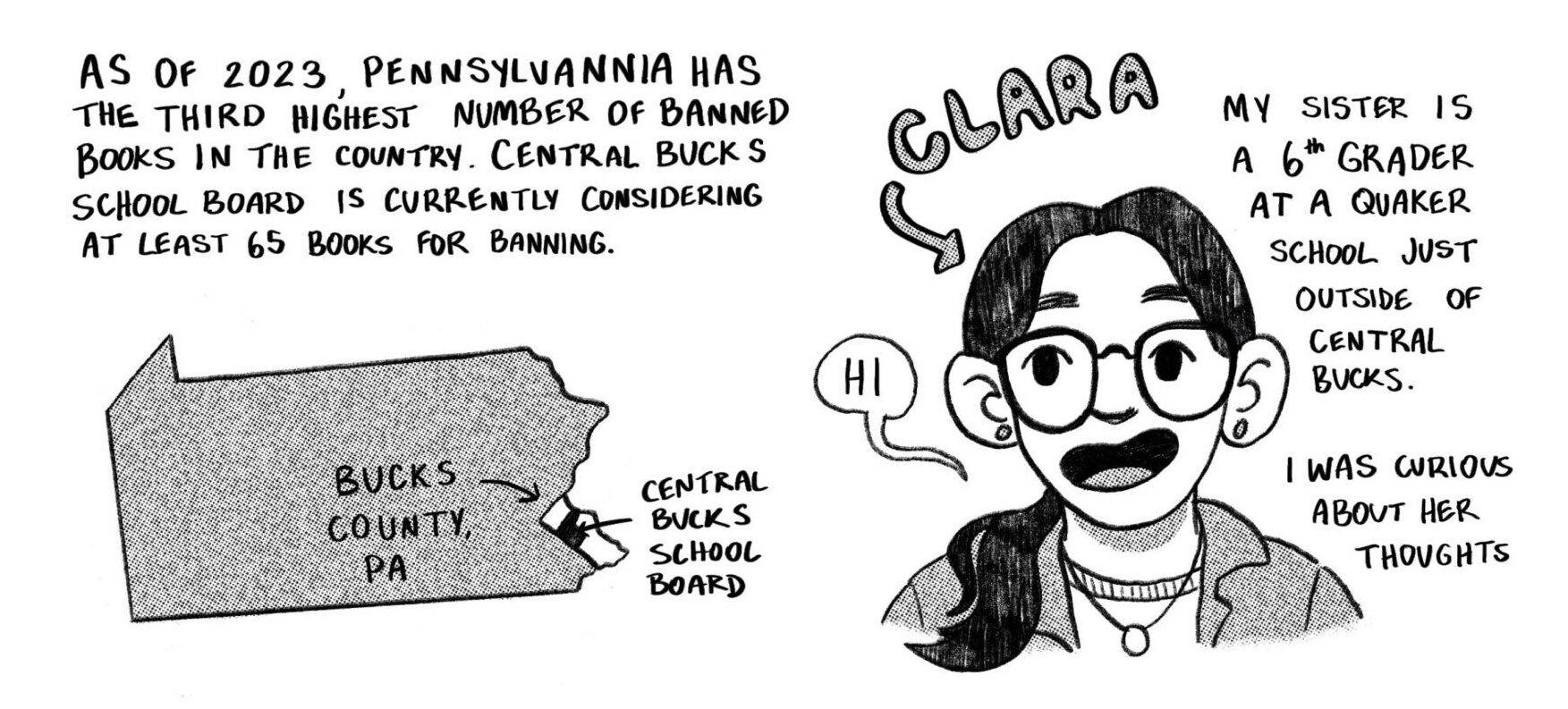Allan Sekula at the Renaissance Society
by joel Kuennen
 Allan Sekula’s exhibition “Polonia and Other Fables” at the University of Chicago’s Renaissance Society is a masterfully constructed use of subjective documentary photography. By juxtaposing the subjective and the mundane with the politically charged, Sekula succeeds in asking the visitor, “Where does politics lie?”
Allan Sekula’s exhibition “Polonia and Other Fables” at the University of Chicago’s Renaissance Society is a masterfully constructed use of subjective documentary photography. By juxtaposing the subjective and the mundane with the politically charged, Sekula succeeds in asking the visitor, “Where does politics lie?”
The first photograph, Art Student Futures Trader, is a blithe little jest at the audience (or maybe it seems that way to me because I’m an art student). This large format portrait of a lost-looking woman standing amongst the detritus of what looks to be the Chicago Mercantile Exchange is flanked on the right by similarly formatted photos of military zone warning signs posted around so-called CIA black sites, where terror suspects were extraordinarily rendered through Poland during the War on Terror. To the left side of the art student hang images of F-16s being prepped for take-off.
The gallery is set up in concentric circles, the outer circle being explicitly political in nature. The surface of the political sphere (and paradoxically also one of its most shrouded aspects), which deals with the various political catastrophes of the past nine years, is presented matter-of-factly around the outer wall paying special attention to political alignments between Western countries. In the squared-circle of the gallery is a triptych of a crowd watching the hammer and sickle shadow nonsense on the University of Chicago campus. (For those of you unfamiliar with this little bit of urban legend, every May 1, International Worker’s Day, Virginio Ferrari’s sculpture Dialogo is said to cast a shadow that unmistakably resembles the Soviet hammer and sickle). The photographs show only the onlookers, reminding the viewer of the subject’s role in the great symbolic ontologies of the political world, mere on-lookers in a mysterious play of shadows seems to be the commentary.
Rounding the next corner are images of political activism, and then the banal, the everyday or rather the everyman: farm scenes, ship builders (a not so subtle reference to Lech Wałęsa), intense family moments (such as the image of the priest who conferred last rites upon the artist’s father).
In a corner of the inner circle, there’s an unexpected juxtaposition, two jazz scenes. On the left, a full color, neon stage-shot of two jazz performers in Chicago. On the right, a black and white image of Ornette Coleman sitting on a wooden bench, smoking, and listening to jazz in a club in Warsaw. Many viewers might not catch this subtle reference to the overwhelming popularity of the free-Jazz movement in Poland, and that is part of why Sekula’s photos are so clever. The viewer is asked to bring his own personal knowledge to every picture, and the montage of associations works differently depending on what you know. Within the larger category of politics, Sekula is exploring the roles of nationality, the roles of heritage. There are photos of the Polish Fest in Chicago but then also an extremely striking photo of his father, holding up a handwritten list that appears to be the five-generation geneaology of the Sekulas, complete with profession. Identity, as politics, is layered, transgressive and surprising.
It’s all a strange mix, but brilliant nonetheless. I’m still in the interior of the exhibition’s concentric circle, and here, the exterior of politics outside the gallery walls seems to be smoke and mirrors and grand mysteries of narratives that one cannot quite grasp. What Sekula does with this exhibit is to remind us that, no, it’s actually you, each and every one of you with your daily trials and tribulations, your family, your loves—politics is you, writ large.
Chromogenic print, 48 x 48 inches





















